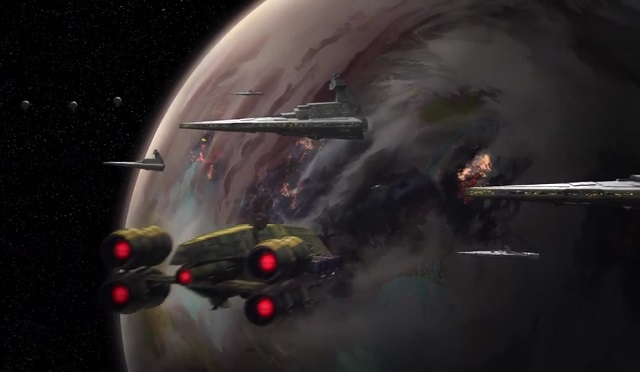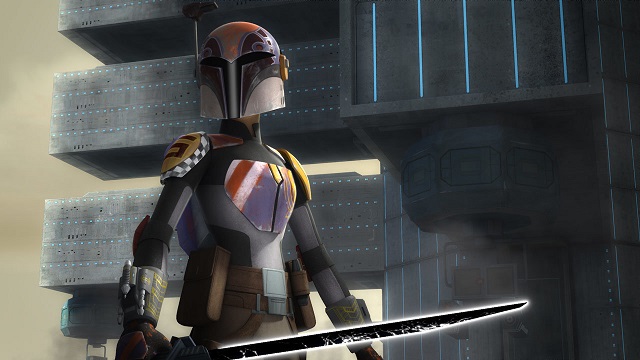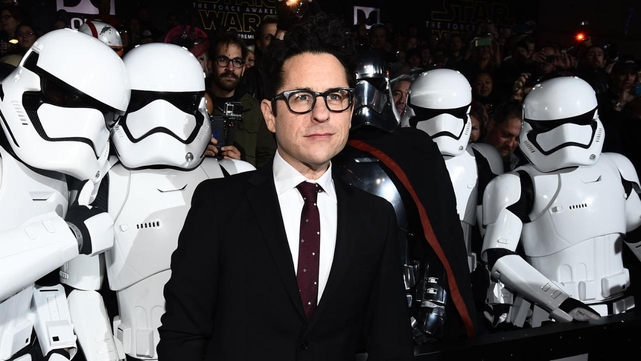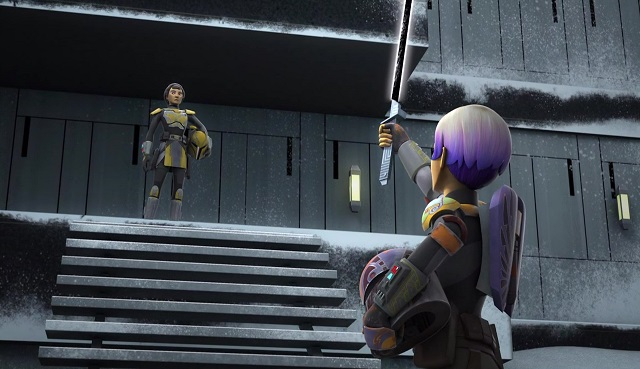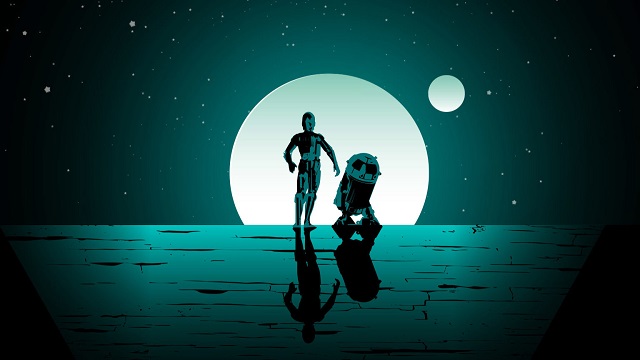
Jay: So guys, we’ve had a chance to digest From A Certain Point of View for a little while. This was always an interesting project — a book commemorating the 40th Anniversary of A New Hope, but trying to avoid well-trod ground. It was a huge undertaking to get 43 authors involved, and even more so to accomplish all of that for a charitable cause. Here at Eleven-ThirtyEight, we’ve been extolling the virtues of short stories for a while — both as a way to introduce new authors into the mix and to experiment with different kinds of stories. After all, I think several of us would agree that there is no one right way to tell a Star Wars story — that we can think beyond the expectations of Jedi, space battles, past tense, all of that, and get something different that still feels very much like Star Wars (the original movie was, after all, experimentation based on the familiar).
FACPOV gave us that — and it gave us a large variety of stories, catering to various different perspectives and interests. I’m sure that between all of us, there was at least one story that we knew we’d love as soon as Del Rey announced the story subjects. But what I want to get into first is…what surprised you? We’ll have time to talk about expected favorites later, but for me part of the joy was finding several stories I never expected to be my favorites, but they were. Was it the same for you?
